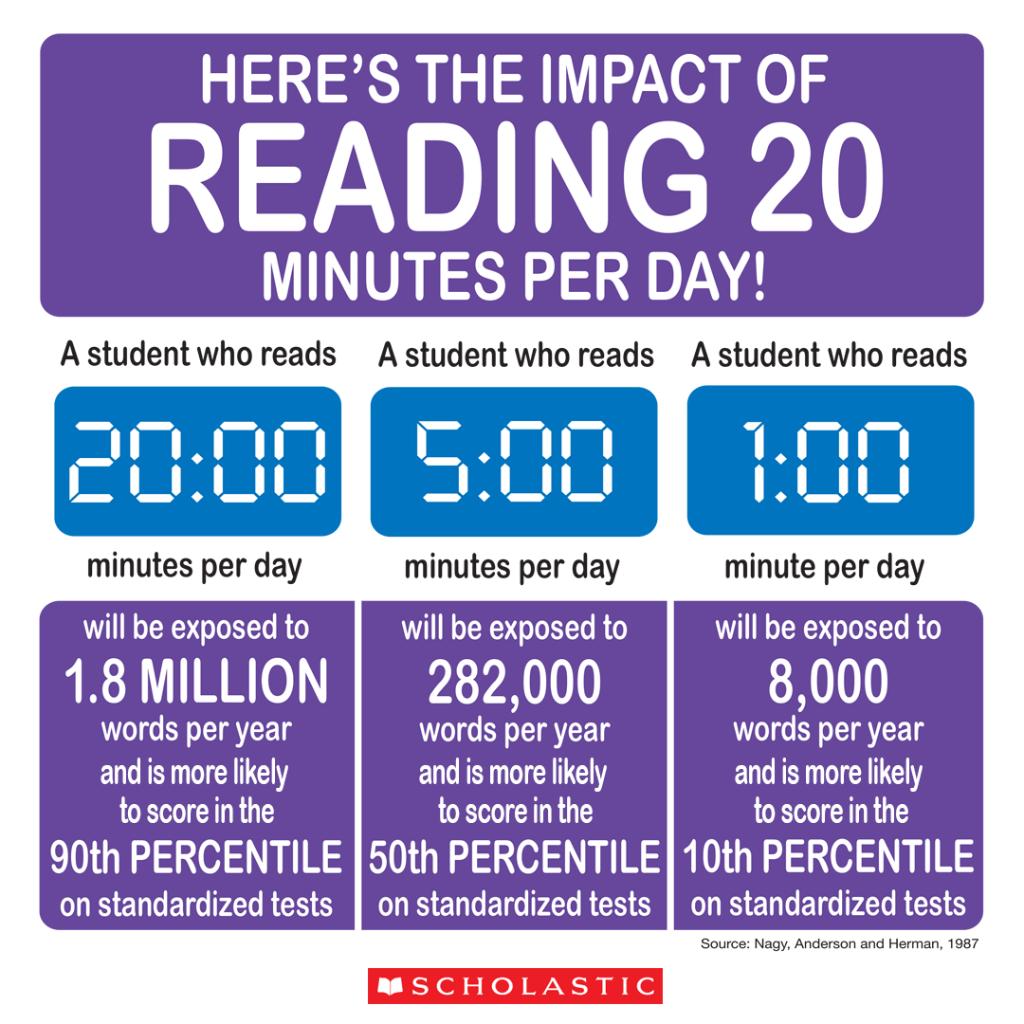March is Reading Month is here, and elementary schools nationwide are doing their part to encourage students to keep reading on a regular basis. As parents, what can you do at home to work together with your school in order to get your children reading? There are some simple things you can do to incorporate reading time into your daily schedules, in a natural and fun way! We will walk you through the research on reading, how to get your children their basics in reading and sight words, and ways to create healthy reading habits at home.
Fun Fact – If you read just one book a day to your child, they will have been read 1825 books by their 5th birthday!
Research on Reading Regularly
There is an ample amount of research that shows the correlation between regular reading time for children and the benefits it has. Take a look at the informational photo above from Scholastic, which shows just how powerful each day of reading really can be. Strong reading skills link success in so many areas as reading practice times increase. 15 minutes seems to be the magic number and should be a minimum for daily reading time, yet studies show that more than half of school aged students get that! 15 minutes is realistic, and when you set that as an expectation than things really improve quickly!
Here are some noteworthy reading facts we found from We Are Teachers:
- Reading for 6 minutes a day reduces stress by 68%
- When children have a home library, they achieve 3 more years of schooling than children who don’t
- Children who read 1,000,000 words a year are in the top 2% of reading achievement (p.s. that’s 20 minutes a day!)
- Children learn 4-12,000 words per year through reading
- If you read just one book a day to your child, they will have been read 1825 books by their 5th birthday!
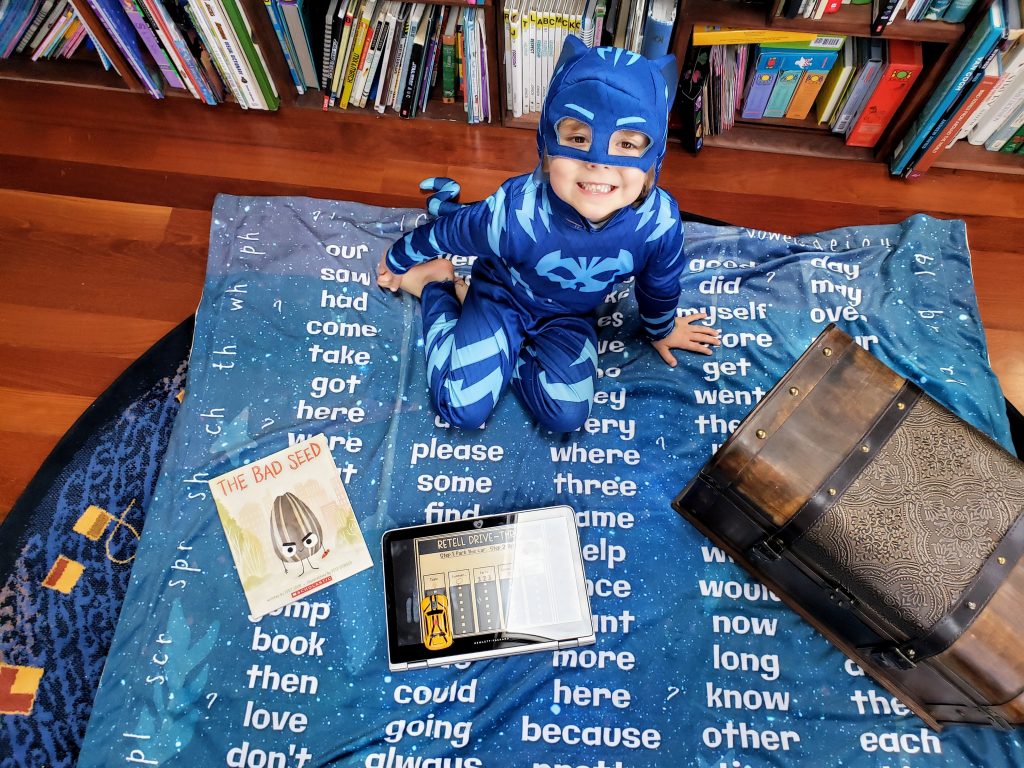
Reading Habits to Form at Home
Learning is supposed to be fun, right? As teachers and parents, we are always seeking new ways to engage our children and students on their educational journey. Co-owner of Birdy Boutique, Joanna Serra, a former state level award educator, helps to promote meaningful reading moments at home with their new sight word reading blanket. Reading can be a very natural occurrence at home but it’s important to form habits and daily rituals as early as possible. In fact, research shows that it’s never too early to start! Reading to your children from the very start, having lots of board books around and talking about the words you encounter every day is essential for development and growth.

Your Local Library
One of our favorite ways to easily at no cost engage our little readers is to take the kids to the library on a regular basis. They can choose the books themselves and you can read them. This allows your little ones to exhibit some independent choice making, reading preferences, and great habits! Have a special library bag designated just for those unique library trips. Put it on the schedule and have a weekly “library day.” Many local libraries often put on reading or story time sessions for little ones. There is no better time to have them listen to words and see everyone else’s excitement as their imaginations flourish. Get them their own library card and watch their little face light up when they can check books out and put them in a special area at home to keep track of them – hello responsibility practice! Plus, if you haven’t yet, you will likely be impressed with the children’s area at your local library!
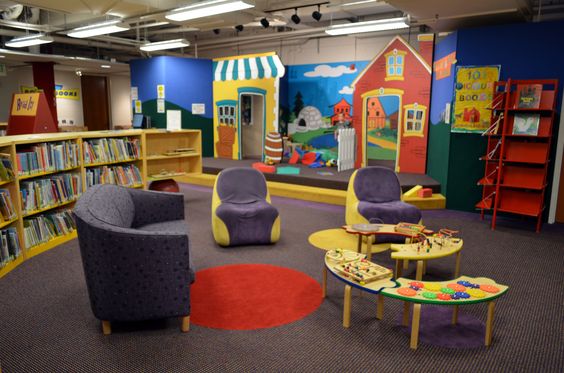
Start Early
As mentioned, it’s never too early to start. Check out some great early reading facts here, with downloadable tips. Babies are very curious beings and soak up everything around them. Research shows that babies begin to learn language sounds before they’re even born! They spend their time listening and observing so that soon, they can be talkers and then readers themselves. According to Linguist, children between the age two and six learn an average ten new words a day! By age 6, their vocabulary consist of about 14,000 words.
How do I Teach my Child to Read?
First and foremost, start early. There is no such thing as too early, as exposure to language supports reading. Talk about what you see outside as you drive, point at letters at the grocery store and practice the sounds they make, and discover words everywhere you go. And ask your child’s opinion on things; much of it may not make sense but just asking them so say what they think and use the words they know reinforces their language skills. Gradually start with saying the alphabet and show your child the letters; soon you can progress to having your child recognize both upper and lower case letters. From there, get through the numbers. Once your child masters this, start on the sounds each letter makes. Read, read daily and read everywhere you go, even if it’s just for a minute or two. Get excited! You’re at the stop sign and you point at it to show your child the letters S T O P together makes the word stop. Next time they recognize it, shout aloud! Seeing you excited and proud goes such a long way especially when they feel success and pride.
Taking these gradual steps and working alongside your child’s teacher will help shape your little reader.
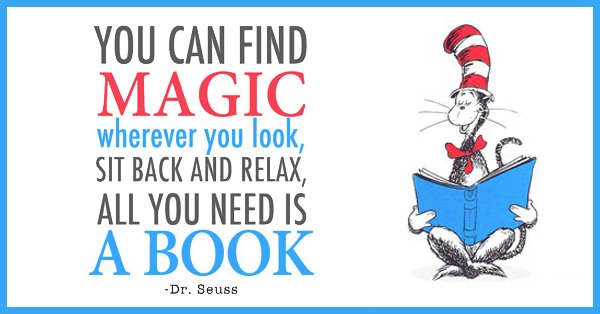
Create a Cozy Reading Corner
Take a walk around your house and search for a place that is quiet, calming and away from the daily hustle. You can create a calming area or reading nook that is comfortable to read in. This can include a little playhouse, canopy with pillows, or a little couch with a bookshelf. More simply, it can be a little kid’s rug with books and something snuggly and warm, like a sight word blanket. Any area consisting of soft materials, pillows, books, calming colors, and soft lighting will do. Here are some great cozy corner inspirations for you to use as you create your own area at home; just use your creativity! Then set a time of the day when it’s reading time. A regular reading schedule will allow your child to form strong habits that will be more likely to become a part of their life when they grow up. And, stick to the schedule. When the clock says 2pm, that’s when we read together!
Don’t Compare
Although statistics are great to have as a general guideline, don’t stress yourself out with comparisons! It may be comforting to have an understanding of an average rate of reading growth your child should have, but getting caught up too deeply can be stressful. Expose your children to reading every single day, and you will see regular growth with consistency! Mistakes are ok, and frustrations are normal, just keep moving forward.
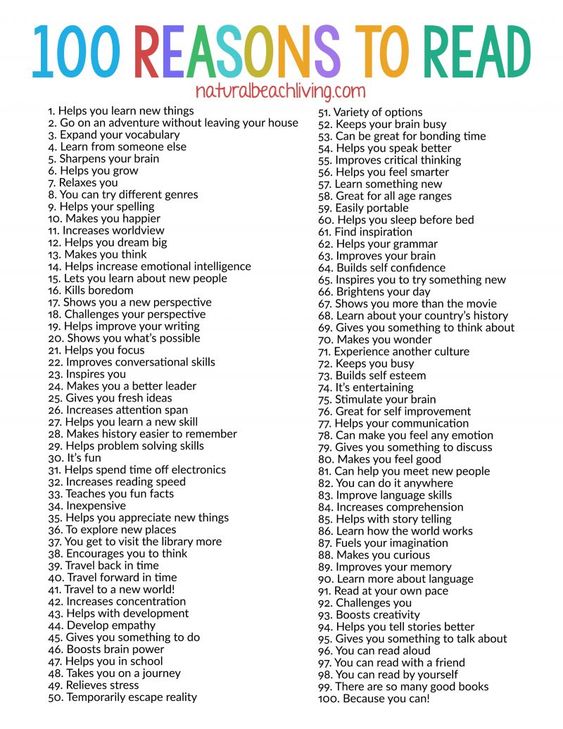
Sight Word Time
Does your little person have their letters and sounds down pretty well? First, you may want to get acquainted with different sight word lists, such as Fry, Dolch or Fountas & Pinnell. Know that most word lists you see will be a combination of both, especially since many overlap among the lists! Once your little reader masters some of the sight words, they will be ready for beginner books that are simple. Some of our favorites are BOB books, because they use simple words, sight words, rhyming words, and have accompanying illustrations which help children to use context clues.
A Sight Word Blanket?
Research shows that hands-on activities greatly enhance retention and learning. Sometimes, learning activities can seem too rote. We wanted to share something with you that is the perfect combination of education, fun, ease and comfort. When you can combine something that kids love and use (blankets!) and fun facts, then it takes learning to a more natural place where it doesn’t necessarily even feel like they are working or studying!
Being able to lay down on the floor or sit on the couch with your child in a relaxed environment will likely provide a less stressful learning scenario. This is especially true with the preschool and kindergarten aged children who have a shorter attention span and like to move more! This blanket will also serve as a reminder for you to take a few minutes every day to work with your child! Short repetitive lessons are retained the best; your kids will want more! Casually presenting information to kids while at home, at the park, in the car, or wherever you take your blanket will foster many fun learning moments in the near future! Plus, not only is it a soft blanket or couch throw, but can also serve as a playmat, rug, sitting area, learning zone, wall hanging tapestry, or whatever your imagination gathers.
Perfect for learning at home, homeschooling instruction, preschool, or a classroom, our learning blankets are the funnest learning activity addition to your playbook. The perfect educational gift that keeps giving all year long, it is sure to be a pleaser!
Side 1 includes both the lower and upper case alphabet, digit numbers, and beginner words combined from the Fry and Dolch lists. It includes 4 rows of 15 large words written in lower case letters, totaling 60 words. Side 2 includes vowels and blends on the border and 5 rows of 19 more advanced sight words, totaling 95 more words. In total, our sight word blanket has over 150 words that your child will be expected to know and use between preschool and 1st grade!

Kids love exploring letters and learning words. The younger toddler around 2 and 3 years of age will practice letter recognition, sorting and matching, rhyming words, etc. As they get into the 4 and 5 year old range, they will start forming words with the alphabet set such as their name, sight words from school, their age, and fun words such as smart, silly, funny, etc. All of this is happening while they are building their fine motor skills.
Our sight word blanket is full of free imagination lessons that will assist with phonemic awareness, phonics, fluency, word formation, vocabulary, word families, rhyming, recognition, word decoding, small fine motor skills, construct sounds and words, early emerging reader practice, phrases, phonemes, syllables, blends, digraphs, short and long vowels. Get ready to learn to read through interactive movement and play!
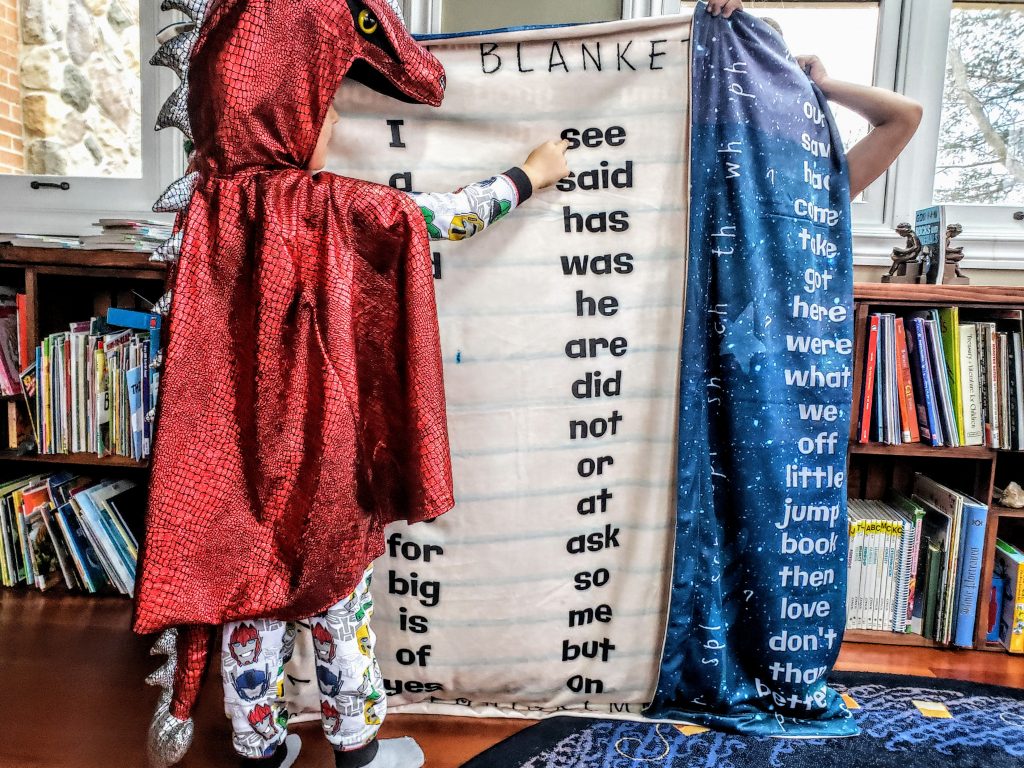
Here are some great ways to utilize your sight word blanket to its full potential! All of these can be done in the comfort of your home, on the floor, at an airport, in a school, in the car, anywhere! Younger toddlers and students in day care, preschool, kindergarten and beyond can practice their reading and accompanying writing skills with this fun engaging activity idea. This includes letter recognition, word formation, phonemic awareness, word decoding, vocabulary building, and so on. Remember, reading is a continuous adventure and you want it to be fun, not stressful. Be sure to find and recognize words everywhere from the cereal breakfast box to the street signs outside as you’re driving. We suggest you start with the beginner words on side 1, working row by row and then graduate to side 2.

- Practice the lower case letters on side 1 of the blanket
- Compare and match the lower case alphabet to the upper case partners of the alphabet on side 1
- Explain that there are words everywhere, and that letters make words. Letters make sounds together and that this special blanket will help them learn how to read any book in the world!
- Go over the numbers and have the child identify the digits, you can also start beginning math by playing little games such as getting out some marbles. You take out 2 marbles, add 3 more from another pile, and have the child point at the digit to represent how many marbles total there are now. This can also be used for simple subtraction.
- Point to the first word, ask the child how many letters there are, and have them point to the digit that represents how many letters there are in the words in the first row
- Start with the first row, first word. Explain that sight words are words that they will see often, again and again, in the world and in their reading. The first words, I and a, will help them feel successful. As soon as they grasp these two first words, use a book to help them find these words and identify them. Feeling successful will be a huge step for them to want to move forward and to feel the excitement!
- The word the is next, this is when you want to explain that even though you can sound most words out, many sight words are special words that don’t “follow the rules”. Therefore, these are words that they have to memorize and identify because they will see them most often.
- Print awareness understanding; all parts of a book such as the direction in which we read, the relationship between letters and words, different punctuation types during story time
- Go on a scavenger hunt to look for certain letters, words, or punctuation types; inside or outside
- Focus on one word until you feel they have it down. They should be able to read the word when you point to it, point to the word and choose it when you say it aloud, and use it in a sentence. Eventually the goal is for them to be able to write it, too. Move onto the next word when they are ready.
- Segmenting Phonemes, Breaking a word into individual sounds You can take any word and turn it into a segmenting game. Give your child a word and have them say all of the sounds in the word. For example – you say dog and your child says the sounds /d/ /o /g/
- Notice the top four words make a sentence, wow, now they are really reading!
- Have them “trace” each word as you work on it with their finger, saying the letter aloud
- Have them use the word aloud in a sentence
- Take out some books and have them identify the same words in a sentence
- Have them point to a word on the blanket that starts with a specific letter, it’s a fun game how quick can they point to it. Even more exciting, have two children race to see who can point to a specific word first.
- Have them close their eyes and jump, which word did they land on?
- Compare and contrast. How many words can we find that start with a “d”? How many words have an “o” inside of them?
- Lay down on the couch or spread the blanket out on the carpet, lay together and casually work on one word at a time. Have your child repeat it a few times and then you repeat it.
- How many words have two letters? Three letters, four letters?
- Which words can we find that rhyme?
- Let’s use four of the words to create our own fun sentence.
- Be sure to celebrate each success they achieve however small, it will encourage and motivate!!! Ideas include a dance party, reading a book together, buying a new book to have, baking together, taking a walk, visiting the library, writing their word in a special place, etc.!
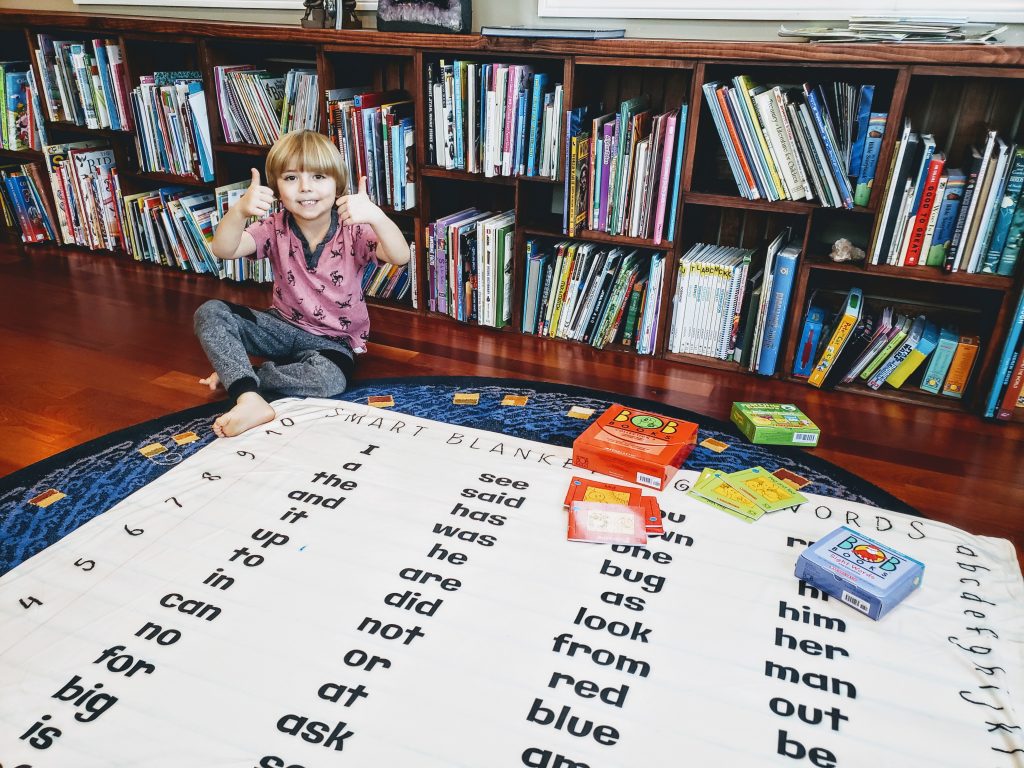
- As they learn the words, every few days lay the blanket out and let them “cross out” words they can read. You can do this by using pieces of yarn over the word or placing a marble next to them to show how many they’ve mastered!
- When you feel they can read all of the words with ease on side 1, it’s time to move on to side 2!
- Notice the vowels on side 2, go over them and describe what vowels are. Have the child read the vowel letters and then identify a vowel in each word.
- Can you find the hidden question marks flying around the words in space? Look through a book and identify the comma, period, question mark and exclamation point. Discuss why they are used and share examples of when they should be used.
- Segmenting Syllables breaking up a word into syllables say clap, or jump each syllable in a word (backpack would be back pack)
- Note the consonant digraphs around the perimeter of side 2. Go through these, a few at a time, and practice the sounds, memorizing them. These include bl, br, cl, cr, dr, fl, fr, gl, gr, pl, pr, sc, sl, sm, sn, sp, st, sw, tw, spl, tr, spr, sh, ch, th, wh, ph. Start with one digraph and locate a word with that digraph, then brainstorm more words with that same sound blend. Choose another digraph and see where you can find it in their favorite book.
- Move! Some active sight word games to play while using the learning blanket are: which letter do they land on with a jump, throw a marble and read where it lands, toss a quarter and find a rhyming word to the word it lands on, close your eyes and spin, fall down and find a word that starts with the same letter as the one you landed on.
- Remember reading comprehension, the ability to understand what the story was about. As you finish reading a story, discuss it with your child. Talk about the characters, the setting, the problem and solution and the events. Comprehension is very important as that is the purpose of teaching how to read.
- Just as with side 1, you can build onto reading the words by choosing a sight word and finding one that rhymes, finding one that starts with the same letter, has a similar or same starting or ending sound, has the same number of letters, choose four words to make a sentence, etc.
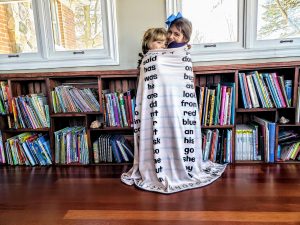
There are SO many sight word activities that would pair perfectly with the use of our educational blanket, where the activity would be done alongside the word you are currently working on.
In our family, we tried a variety of books and found that the Bob Books partnered very well with identifying the starter words along with starting to read “real” books.
Sight Word Activity Ideas
Beginning Reader Sight Word Play
Games and Activities for Sight Word Practice
Free Sight Word Games for Home
New Creative Sight Word Methods
Phonics Activities for Early Readers
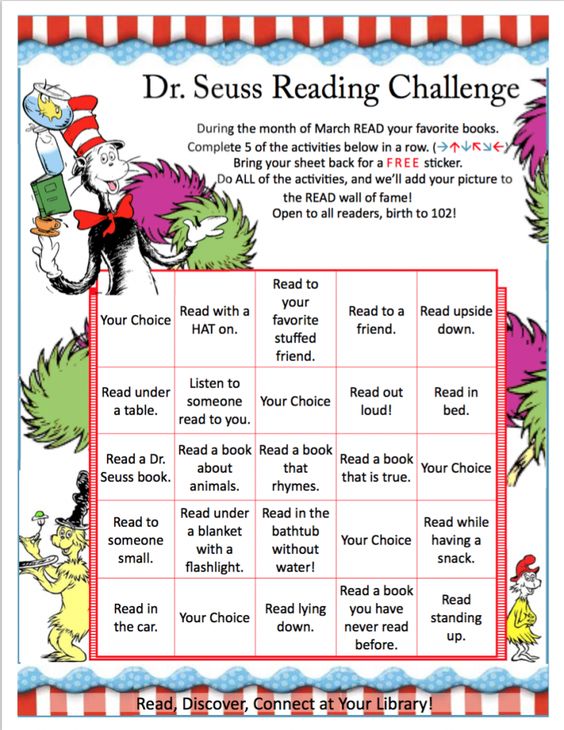


- School Blanket Fundraiser - February 24, 2023
- Shared Homeschooling | Pandemic Pods - July 9, 2020
- Ideas & Activities | Learn and Teach at Home - March 13, 2020


